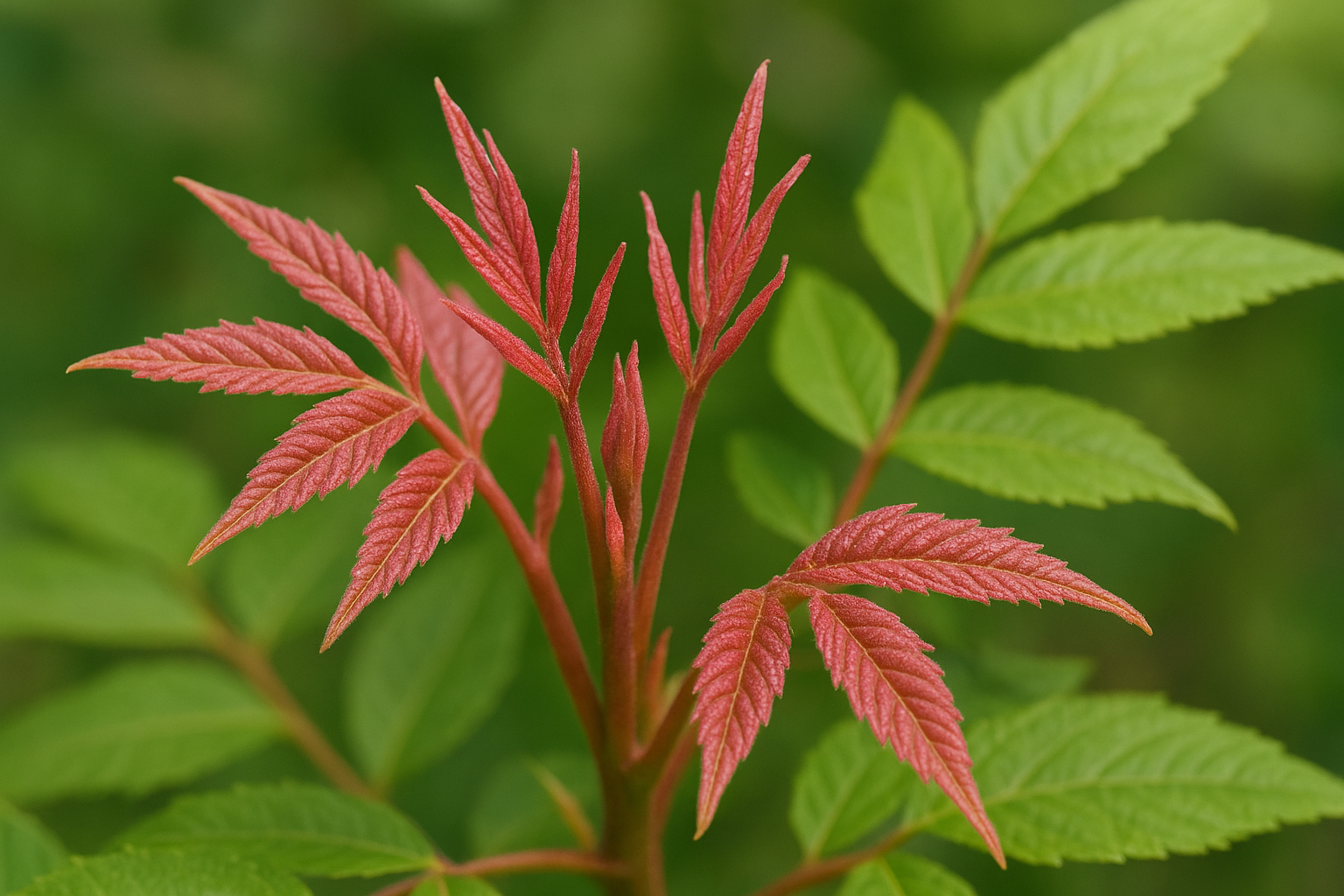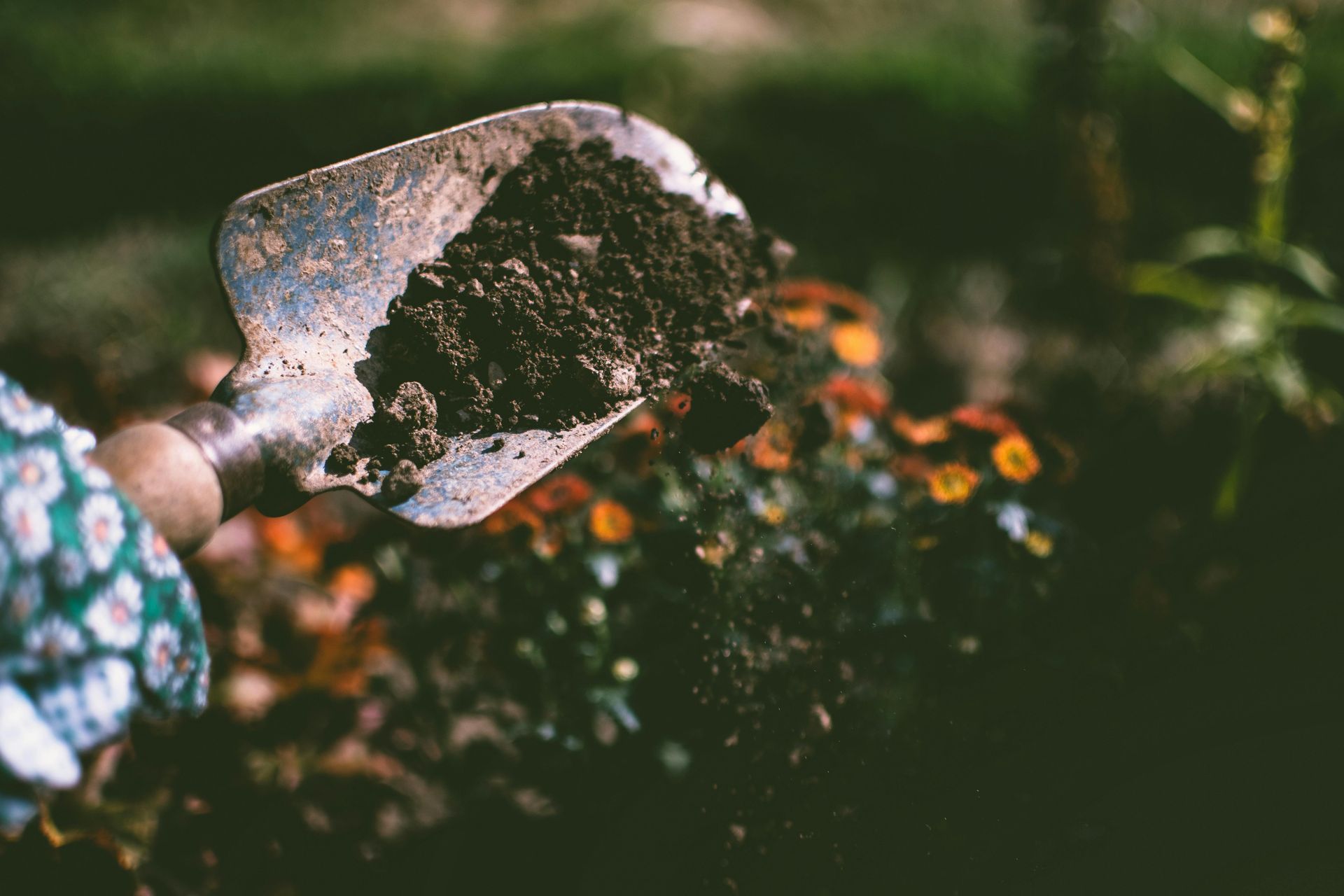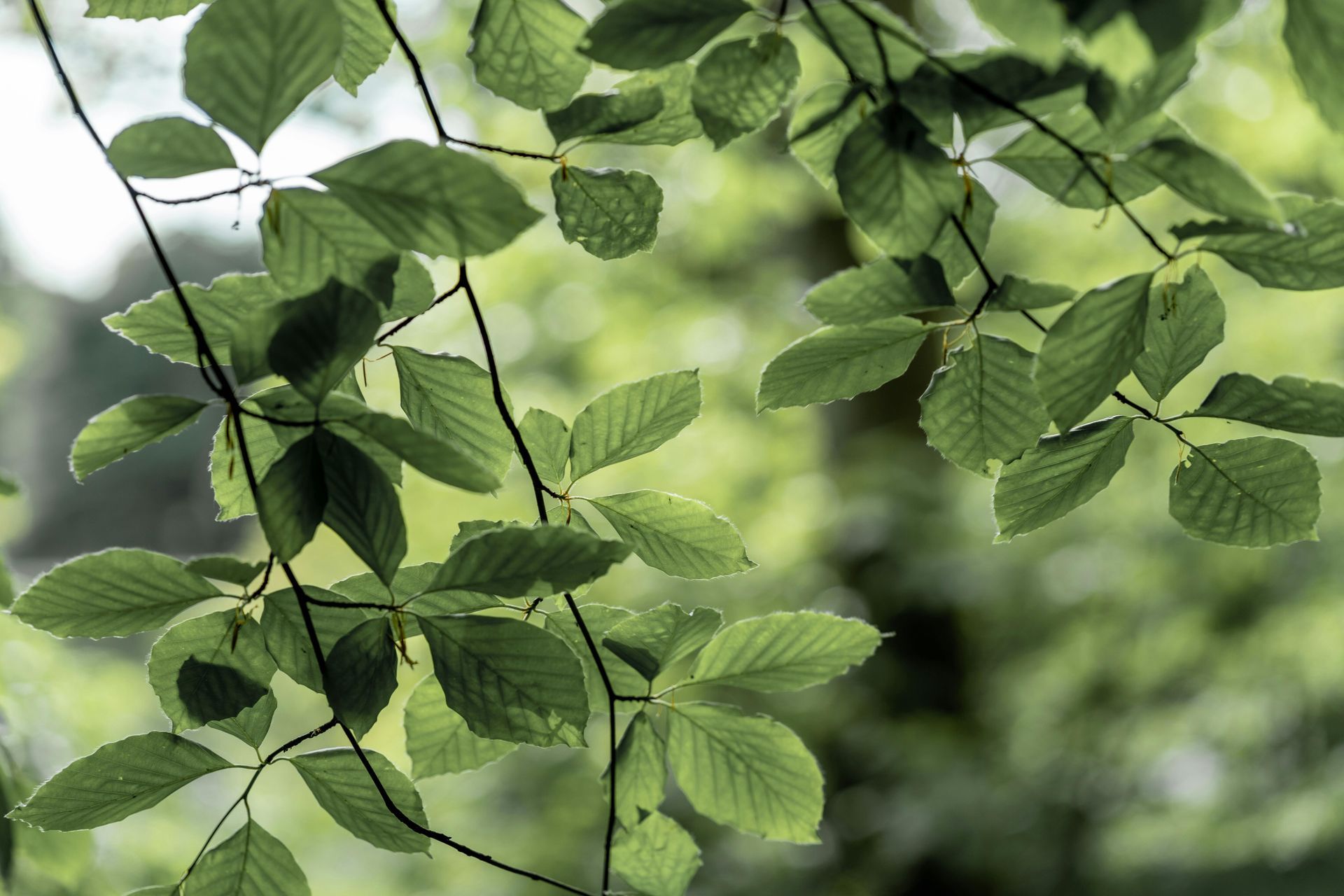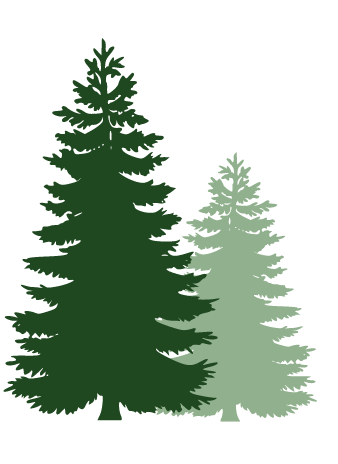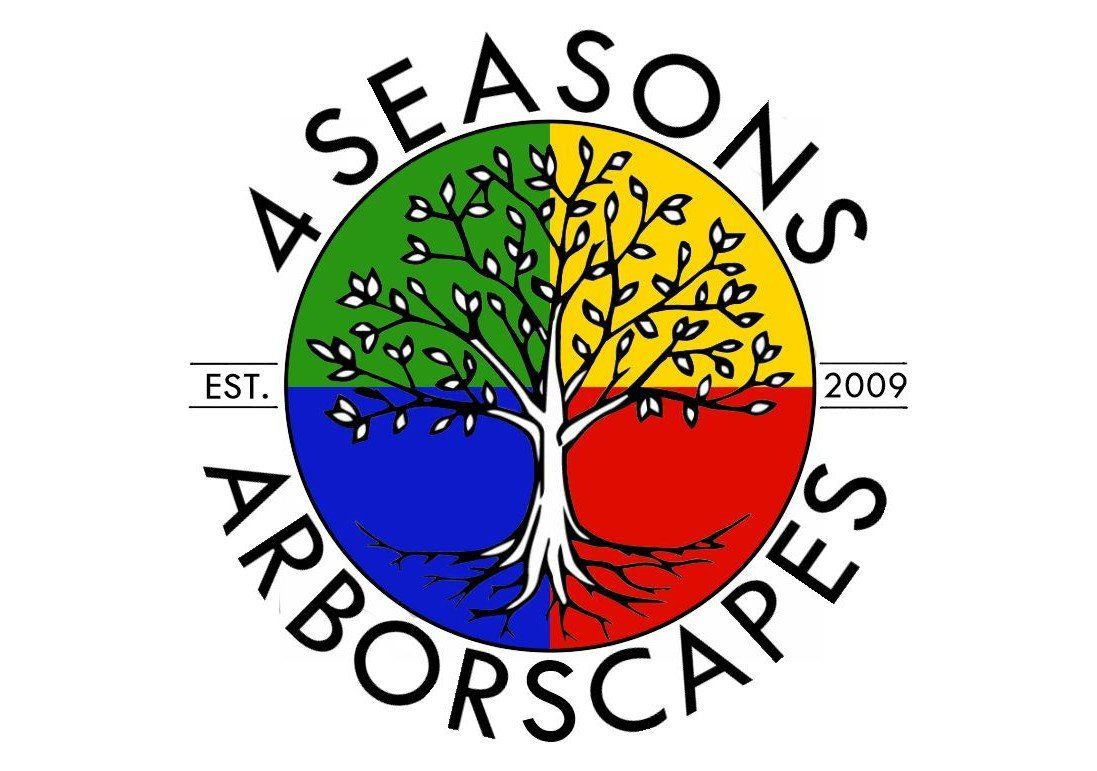Aster – this perennial is fast growing, deer resistant, and great for pollinators, blooming from late summer through fall. The flower colors range from purple, pink, blue and white. Asters prefer areas with full to partial sun, with moist but well- draining soil. The New England Aster is the most popular among gardeners due to its vibrant purple-pink flowers and late season blooms.
Gardening for Pollinators: Plants that Attract Bees, Wasps, and Other Flying Insects
Bees, Wasps, and Hoverflies, oh my!
Bees are among the best and most widely recognized pollinators in the world. They play an important role in the ecosystem by pollinating flowers and facilitating seed and fruit production, which not only helps to support a thriving garden, but also provides most of the world with the fruits and vegetables it eats on a regular basis (did I mention they also help in the creation of foods like chocolate?). Making a welcoming area for bees in your yard will improve your garden’s yield and give support to a declining global bee population.
Wasps, on the other hand, are not so much pollinators as they are fantastic pest controllers. They spend their summers hunting for aphids, flies, and other pesky insects that feed on your garden plants. Most people don't want wasps living alongside them, but wasps are so useful for pest control that it is advisable to leave an existing nest alone. After all, wasps are so common that even if you can't see a nest, there's probably one nearby. A wasp’s smooth body does not collect pollen as well as a bee’s body, but they are still attracted to nectar and do carry out a useful amount of pollination in the garden.
Despite their reputation, wasps are not unduly aggressive. However, waving your arms, swatting at them, trying to knock down their nest, or otherwise instigate them can be interpreted as a threat – and rightfully so! The best way to avoid being stung is to treat wasps with respect. Move calmly and deliberately, give them space to go about their business, and they will ignore you.
Another type of flying insect that could be beneficial in a garden setting is the hoverfly. Some species of hoverfly are often mistaken for paper wasps or yellowjackets, but there are some clear differences to help you tell which is which. You can quickly and easily recognize a hoverfly by its shape and its eyes—they lack the pinched waist of the wasp, while their large eyes are like wrap-around sunglasses. Hoverflies will often hover almost motionless in the air in front of flowers, giving them their name. They are fantastic pollinators and pest predators themselves.
Flowers that attract bees and wasps, and other flying insects:
Plants with brightly colored flowers, typically oranges, reds, or yellows, seem most attractive to bees and other flying insects. Some of the best flowers for attracting wildlife to pollinator gardens are open or flat, allowing for easier access to pollen and nectar. To help bees and other pollinator insects like butterflies, you should provide a range of plants of different shapes and sizes that will offer a continuous succession of flowers, and thus pollen and nectar, through the whole growing season. Patches or clumps of insect foraging habitat can be created in many different locations. Native plants are usually the best options for native insects.
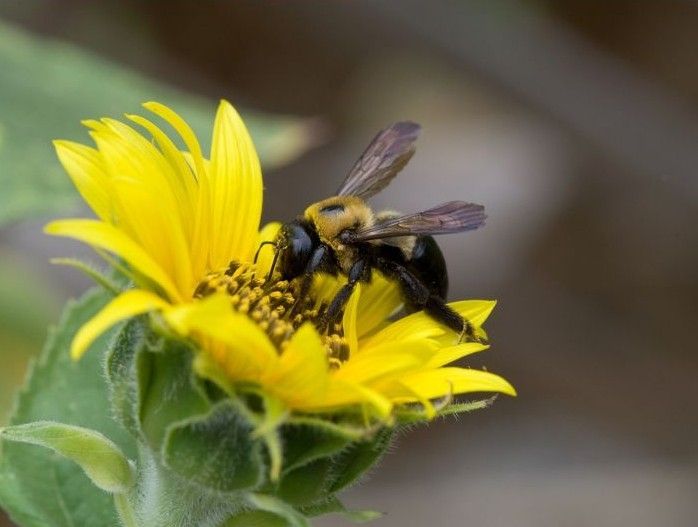
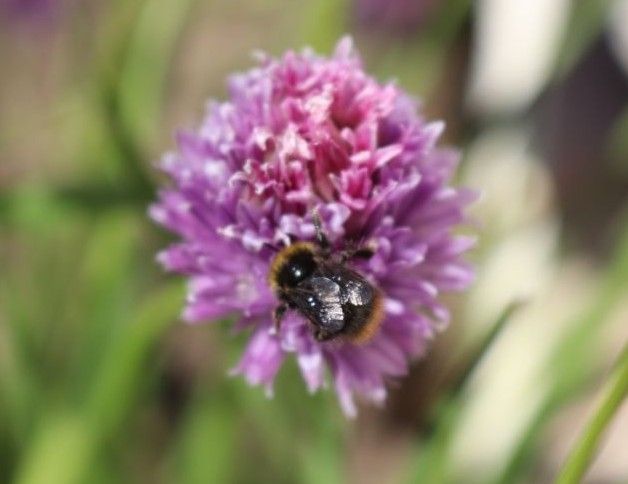
Herbs that attract bees and wasps:
Fragrant flowering herbs are great for attracting bees and wasps to your garden and will provide you with plenty of ingredients for cooking. If you plan on using them to cook, keep in mind that some herbs lose their punch when they're allowed to flower. To avoid this, gardeners pinch off flower buds as they form. To benefit the bees and wasps, instead plant twice as much as you will need, allow half of your herbs to flower and let the rest go to seed.
Fruits and Vegetables that attract bees, wasps, and other flying insects:
Add a few more vegetables as you’re planning a garden. Not only will you appreciate your forethought during the later harvest, but insects will also appreciate the variety. Crops benefit from pollination, pollinators, in turn, benefit from the large amounts of pollen and nectar. If you don’t have room, plant vegetables in pots or consider joining a community garden.
Did you know—tomatoes make great sunflower companion plants
Other ways to attract bees and wasps to your garden
1. Consider planting a pollinator strip as a border to a vegetable garden or a wildflower border along the edge of your field. You’ll improve the pollination of your crops and continue to support the bees when your crops stop blooming. It will also attract and support other pollinators, such as hoverflies and wasps, which control crop pests.
2. Consider reducing the size of the all-grass lawn, you could stop mowing one section and convert it to a native wildflower border or meadow. Dandelions and clover are good sources of nectar.
3. Leave some weeds. Many native weeds have evolved alongside the native insect species. This offers pollinators a familiar option for shelter, food, and breeding activity.
Conclusion
Creating a garden for pollinators is fun and easy, make sure you choose plants that will do well where you live for your garden. Pollinator friendly flowers, herbs, and veggies, not only help the bees but will also increase your harvest. Seeing bees and wasps in your garden is a sign of the health of your plants, planting pollinator- friendly plants throughout is a small step to encouraging these pollinators to stop and continue to propagate.
References:
Why Wasps Are Good for Gardeners (growveg.com)
How to Grow a Pollinator Garden - Birds and Blooms
10 Tips for Building a Pollinator Garden | The Old Farmer's Almanac
How to Attract Bees and Other Pollinators to Your Garden (thespruce.com)
10 Helpful Herbs That Will Attract Pollinators into Your Garden - Grateful Green Life
PA-Pumpkin-Factsheet-FINAL.pdf (extension.org)
The Spruce: Make Your Best Home
Images - Canva
Check out the latest:





